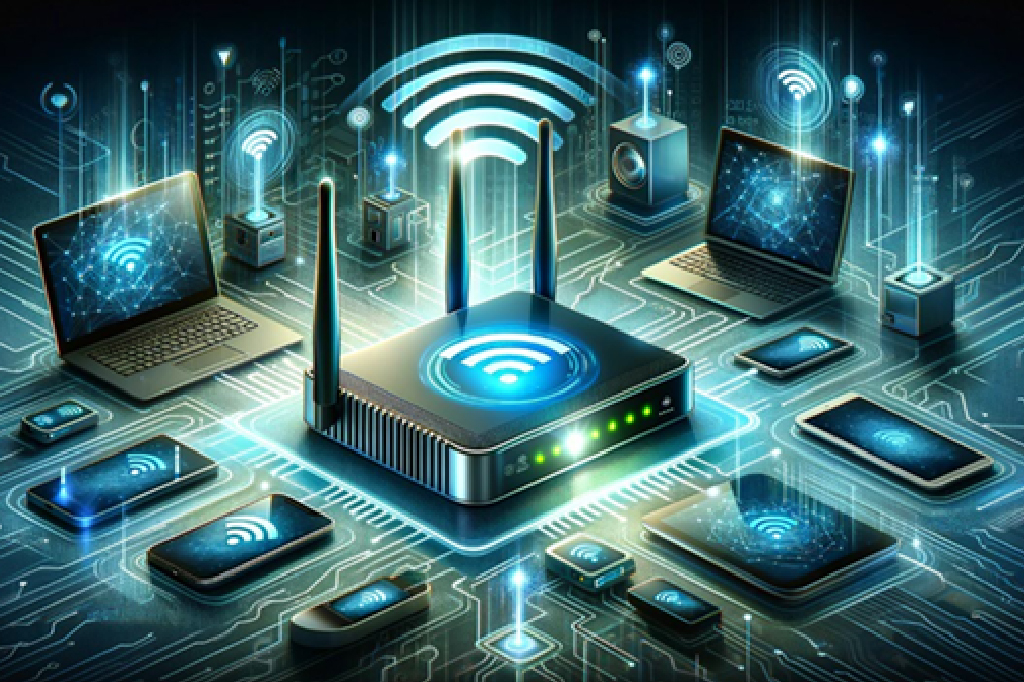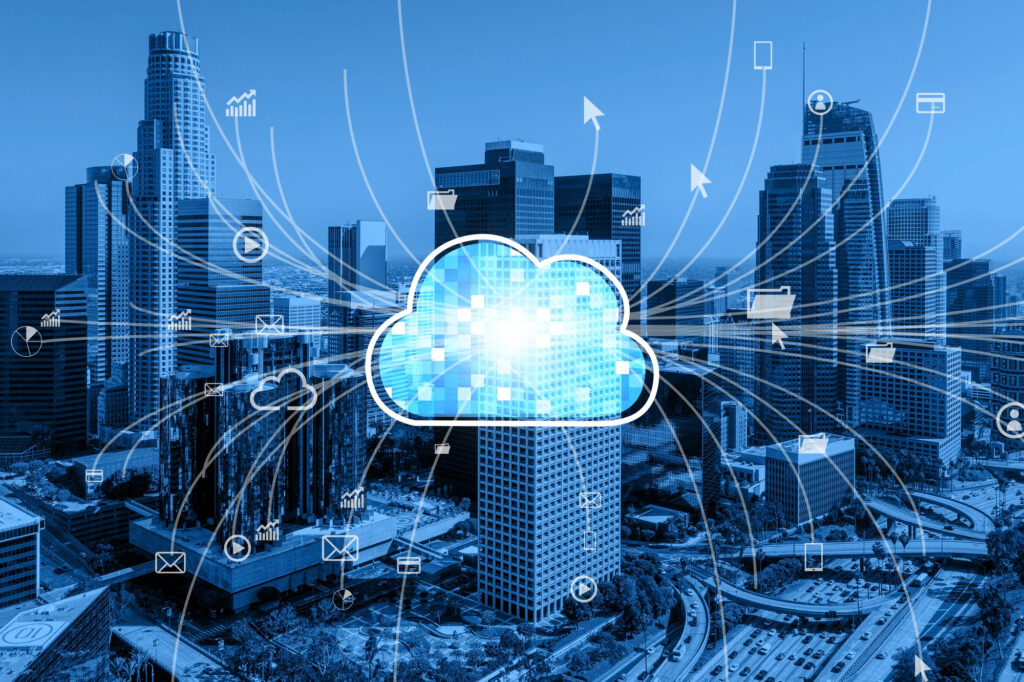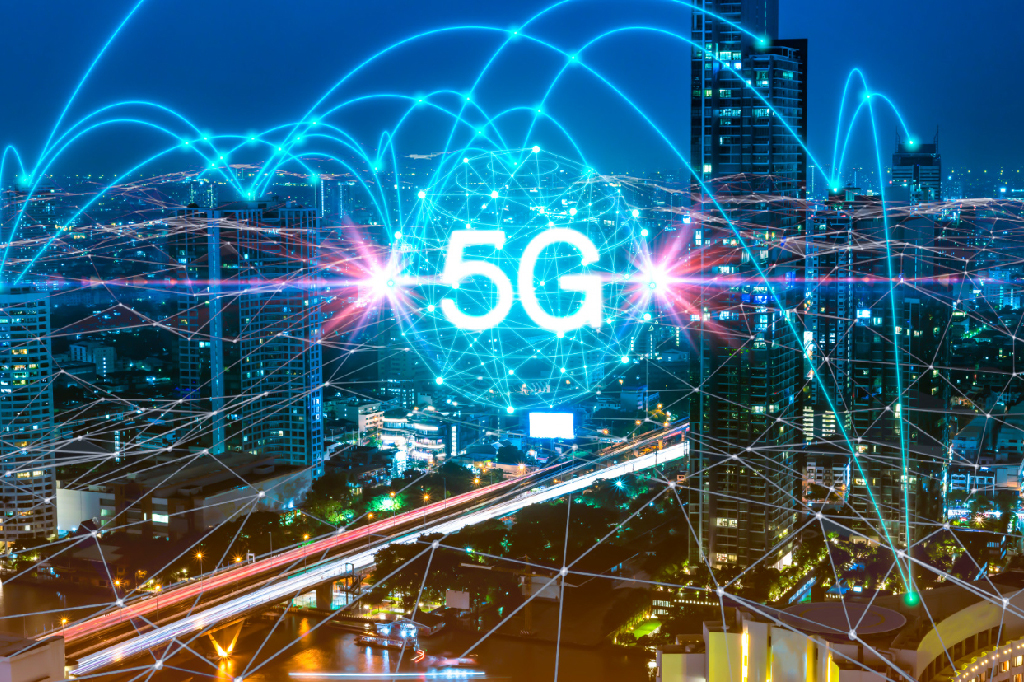AI and digital twin technologies are no longer just a novelty, it’s becoming an essential tool of today. The ability to create highly accurate digital models of complex assets is changing every phase of the telecommunications market, from design and construction to maintenance and decommissioning, and the businesses that embrace this will serve customers more efficiently and grow quicker.
Transforming Vertical Asset Assessments
Vertical assets such as towers, utility poles, and other structures are critical to modern communication networks and public safety systems. Traditionally, evaluating these assets to ensure their suitability for new technologies, such as 5G radios, antennas, public safety cameras, and fiber access, is a labour intensive and time consuming process.
AI and digital twin technologies are poised to change this landscape. By creating precise, data-rich digital replicas of vertical infrastructure, these innovations offer smarter, faster, and more efficient ways to assess assets, improving safety and operational efficiency across industries.
The Need for Efficient Structural Assessment
Traditional methods of asset assessment involve manual inspections, extensive paperwork, and coordination challenges, making the process slow, costly, and error prone. AI and digital twin technology streamline this process by providing an automated, digital solution for accurate and rapid evaluations.
Key Advantages of Digital Twin-Based Assessment
AI-Powered Insights: Machine learning algorithms analyize structural data to assess integrity, material conditions, and load bearing capacity, ensuring safe installations for operator and public safety equipment.
LiDAR and High-Resolution Imagery: These technologies capture detailed pole locations and physical characteristics, minimizing the need for physical site visits.
Real-Time Data Access: A user-friendly digital platform allows public safety officials, network operators, and urban planners to make informed decisions quickly.
Compliance and Quality Assurance: Automated checks ensure installations meet safety and legal standards, reducing non-compliance risks and the need for multiple mobilizations.
Scalability: The ability to evaluate thousands of structures in a short timeframe supports large-scale public safety and telecommunications expansions.
The Benefits of AI and Digital Twin Technology
The digitalization of asset assessment delivers numerous benefits to public safety agencies, telecom operators, municipalities, and private network owners:
Accelerated Approvals: Automating structural assessments speeds up utility pole approvals, enabling faster deployment of fiber and public safety technologies like surveillance cameras.
Enhanced Network Resilience: Ensures vertical assets can support advanced technologies, such as 5G radios, antennas, and microwave backhaul, improving network coverage and reliability.
Reduced Costs and Delays: Automation minimizes labor needs and project delays, cutting operational costs.
Verified Safety and Compliance: AI-driven checks ensure structural integrity, reducing the number of inspections required for “make-ready” utility assessments.
Smarter Investment Decisions: Real-time data empowers municipalities and operators to optimize equipment placement and network coverage.
Accelerating Digitalization for Everyday Communications
The adoption of AI and digital twin technologies empowers municipalities and telecom providers to expedite the deployment of critical public safety infrastructure and 5G services. These innovations save time and resources, enabling the creation of safer, more connected communities. By bridging the gap between traditional infrastructure and modern technological demands, digital twins are helping to build a smarter, more resilient society.
Interested in exploring this transformative technology further? Contact our subject matter experts today!




